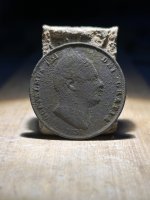tom yerian
Jr. Member
Hey guys, I am considering on buying a wesmar700ss. I need user imput. Tell me what you think,pro/con on this equipment. I need a good assessment either way......Thanks
Yours in treasure....Capt Tom
Yours in treasure....Capt Tom





